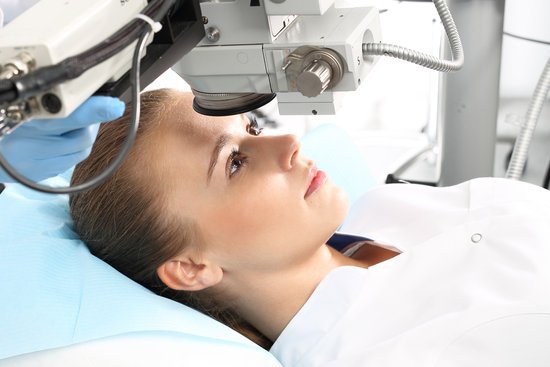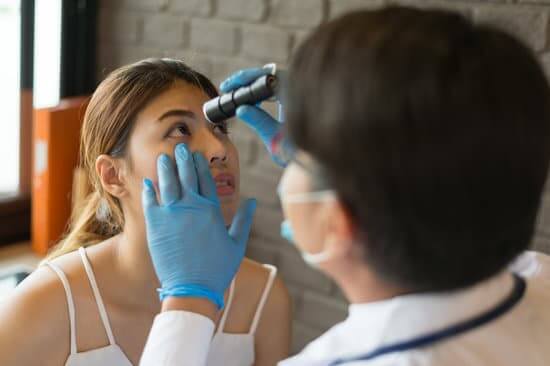CORNEAL TRANSPLANTS IN DENVER, CO
A Vision-Saving Surgery
A cornea transplant, or penetrating keratoplasty (PK), is a surgical procedure to replace part of your cornea with corneal tissue from a donor. Your cornea is the transparent, dome-shaped surface of your eye that accounts for a large part of your eye’s focusing ability. A PK can restore vision, reduce pain, and improve the appearance of a damaged or diseased cornea. Corneal transplants are typically performed as an outpatient procedure. Over 95% of PKs are successful; however, the surgery carries a small risk of complications, such as rejection of the donor cornea. A PK is most often performed to restore vision to a person who has a scarred cornea. PKs may also relieve pain or other signs and symptoms associated with diseases of the cornea.


Conditions That Can Be Treated with a Cornea Transplant
- A pathologic bulging out of the cornea (keratoconus)
- Thinning of the cornea
- Cornea scarring, caused by infection or injury
- Clouding of the cornea
- Swelling of the cornea
- Corneal ulcers, including those caused by infection
- Complications caused by previous eye surgery
Experience the difference.
Corneal Transplant Complications and Risks
Penetrating keratoplasty is a relatively safe procedure. Still, a PK does carry a small risk of serious complications, such as:
- Eye infection
- Increased risk of clouding of the eye’s lens (cataracts)
- Pressure increase within the eyeball (a form of glaucoma)
- Problems with the sutures used to secure the donor cornea
- Rejection of the donor cornea
- Swelling of the cornea
In some cases, your body’s immune system may mistakenly attack the donor cornea. This is called a rejection and will require management or even another cornea transplant. It is important to note that early diagnosis and treatment of rejections oftentimes reverse the process allowing for complete recovery.
Where Do Corneal Transplants Come From?
What to Expect on The Day of Surgery
On the day of your PK, you’ll be given sedatives to help you relax and a local anesthetic to numb your eye. You may or may not be asleep during the surgery, but you will not feel any pain. During the cornea transplant, your surgeon cuts through the entire thickness of the abnormal or diseased cornea to remove a small button-sized disc of corneal tissue. An instrument that acts like a cookie cutter (trephine) is used to make this precise circular cut. The donor cornea, cut to fit, is placed in the opening. Your surgeon then uses a fine suture to stitch the new cornea into place.
The sutures will be removed at a later visit when you see your eye doctor.
Contact Us Today
What to Expect After Surgery
Your vision may initially be worse than before your surgery as your eye adjusts to the new cornea. It may take several months for your vision to improve. Once your new cornea has healed after a few weeks, your eye doctor will work to make adjustments that can improve your vision, such as:
Correcting Astigmatism
Correcting Vision Problems
THE DOC IN DENVER, CO
Look into whether or not corneal transplants are right for you. Contact the eye professionals at The Denver Ophthalmology Center for a consultation by calling 303-991-9662 or request an appointment online.
What Our Patients Are Saying
– C.S.
The Denver Ophthalmology Center (The DOC)
8381 Southpark Ln
Littleton, CO 80120
Phone:
(303) 991-9662
Fax:
303-991-9647
